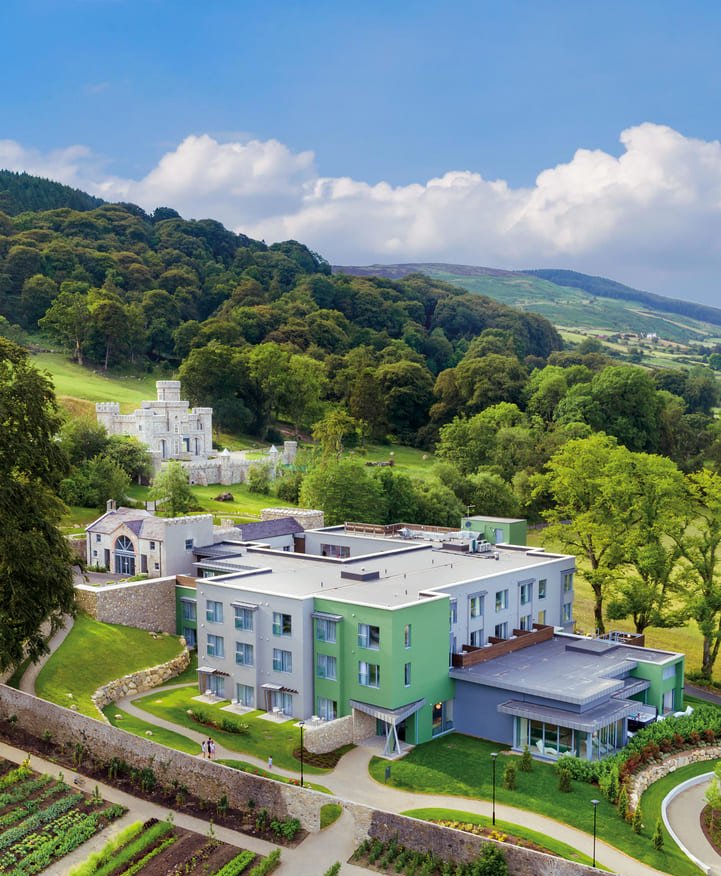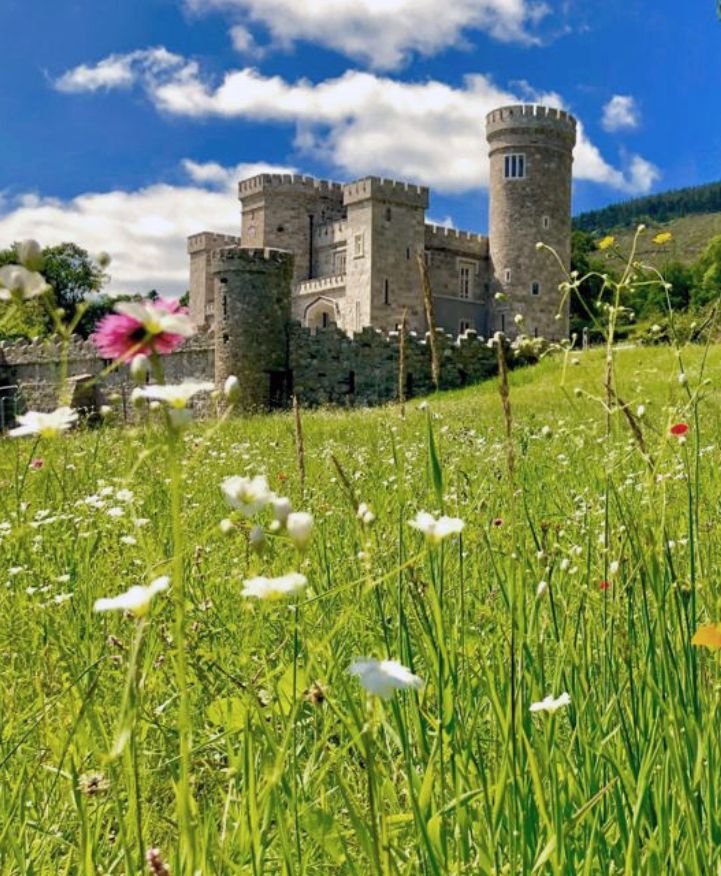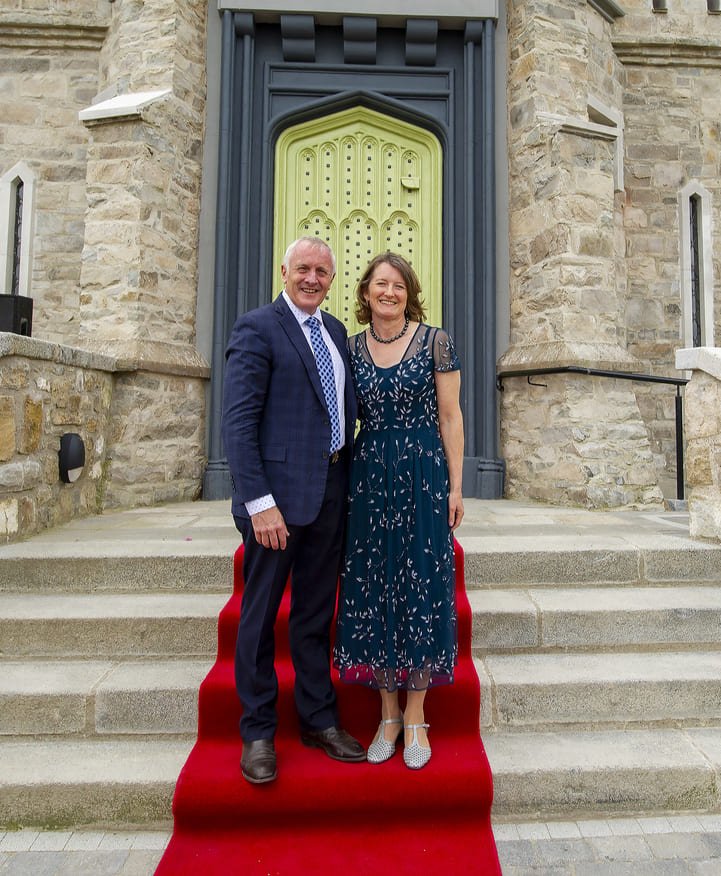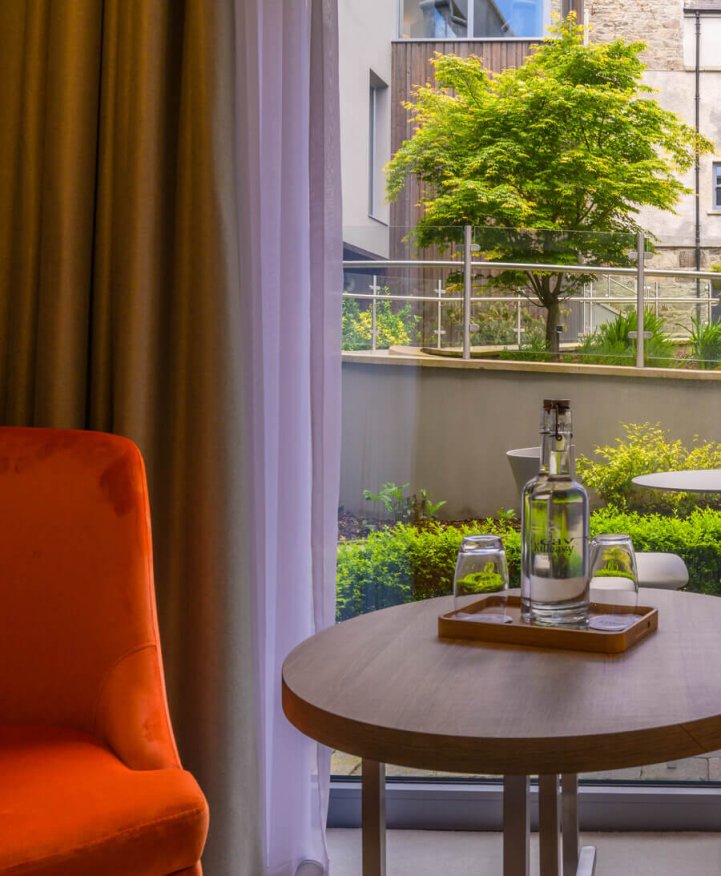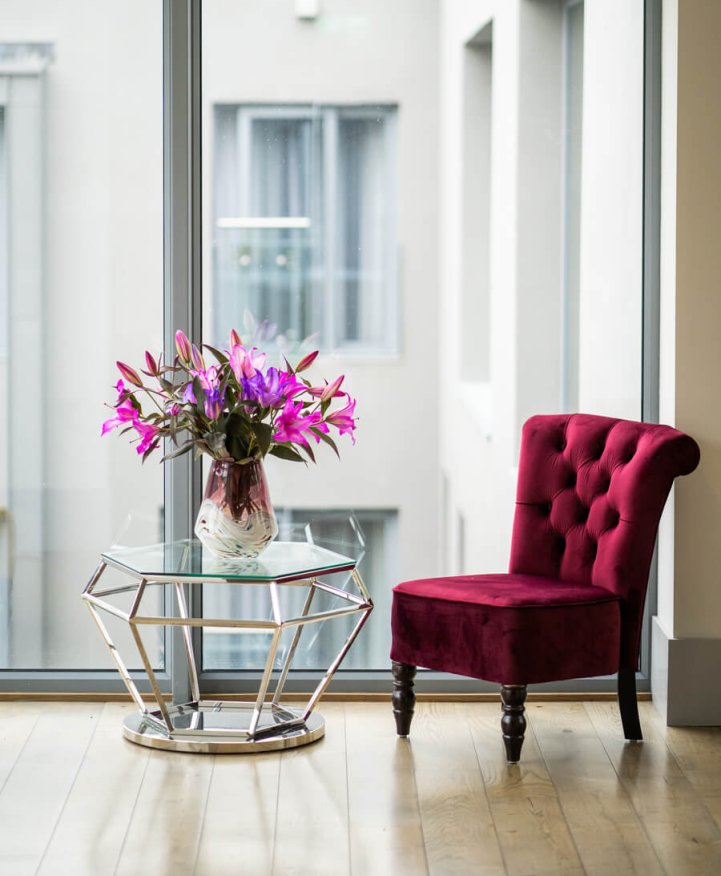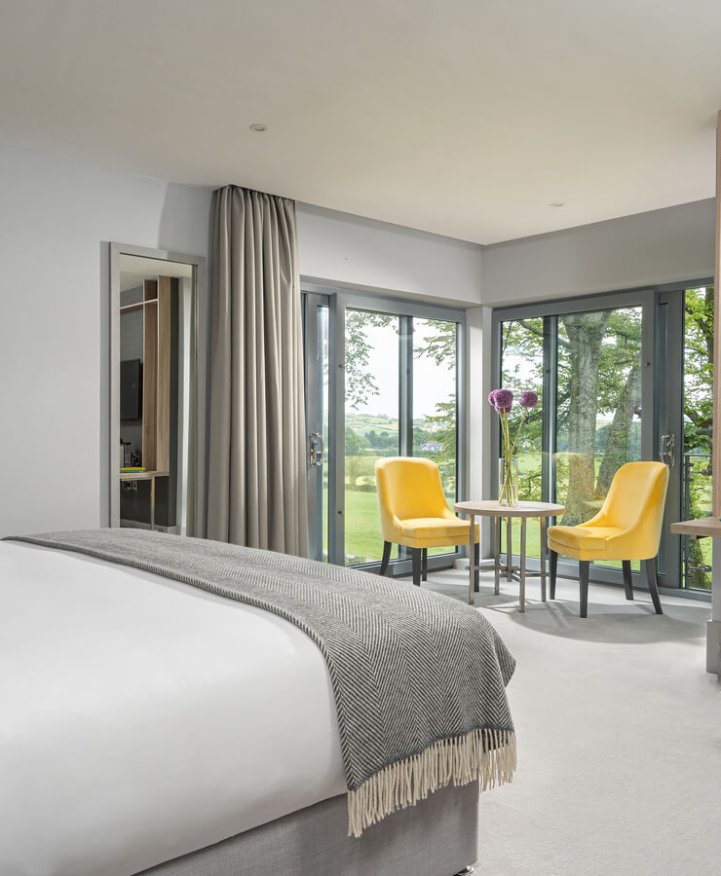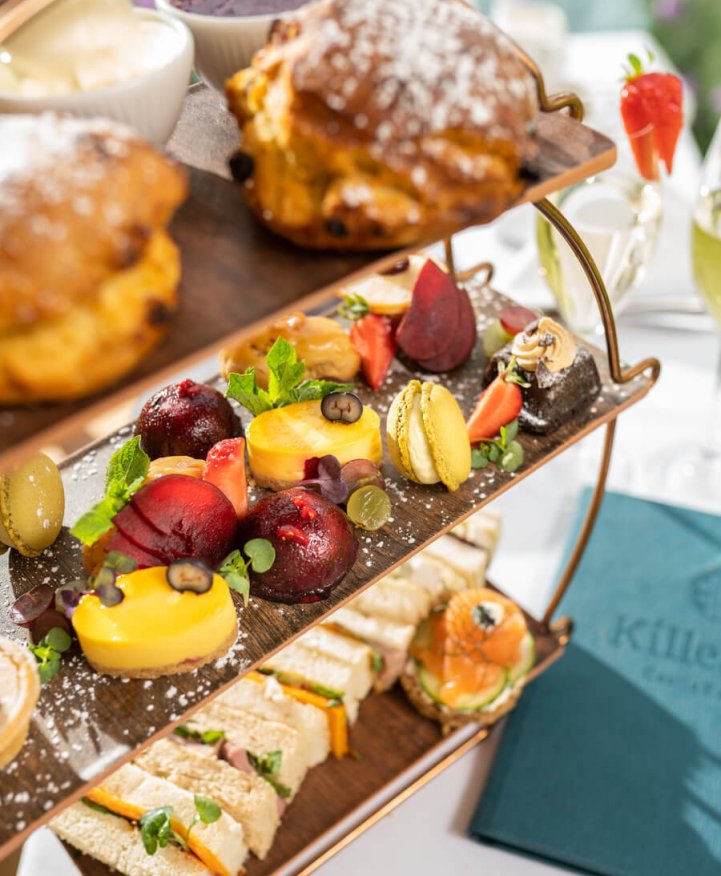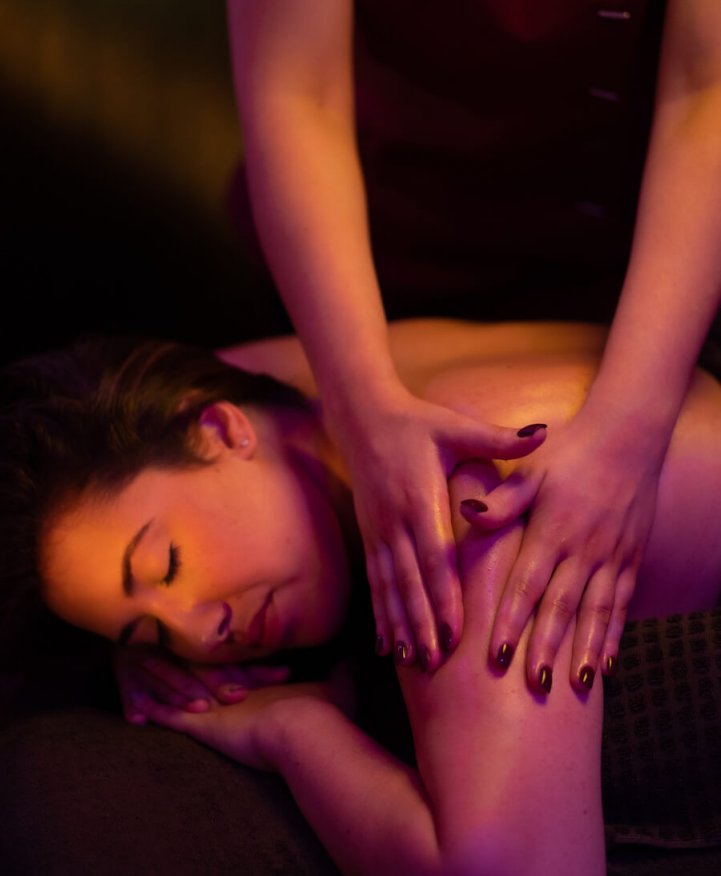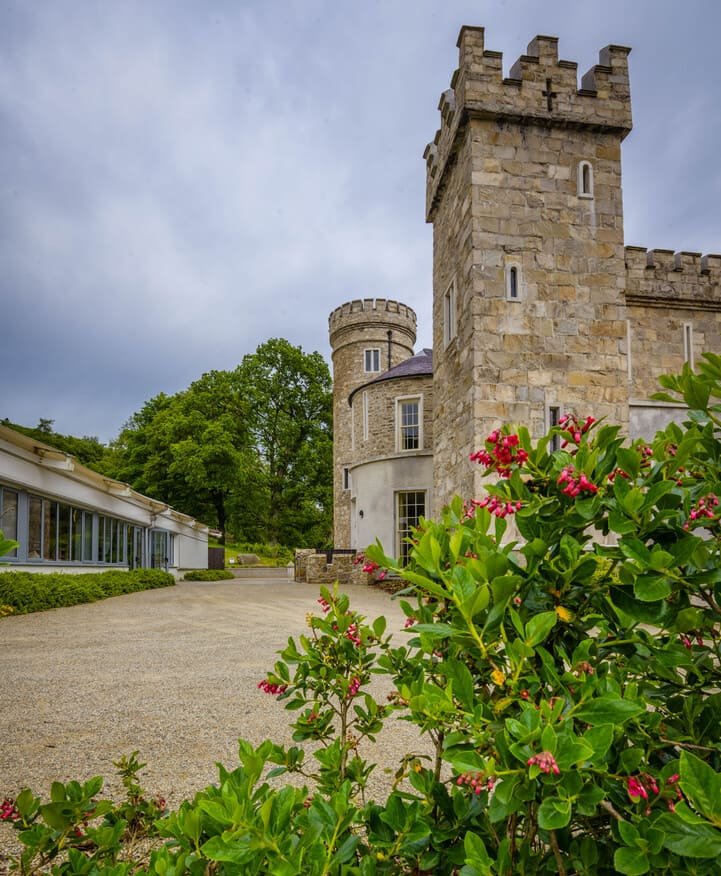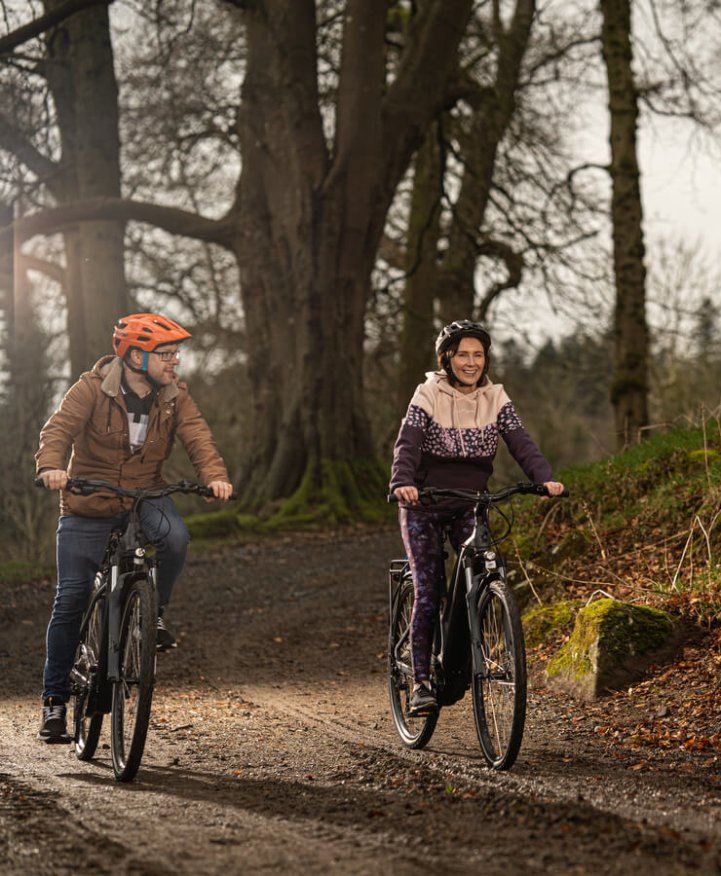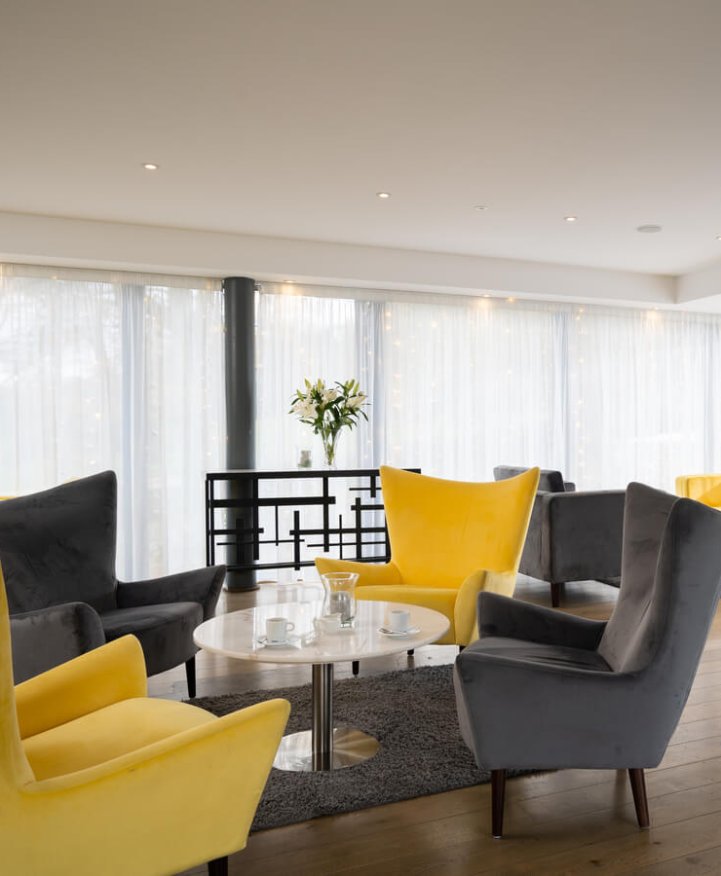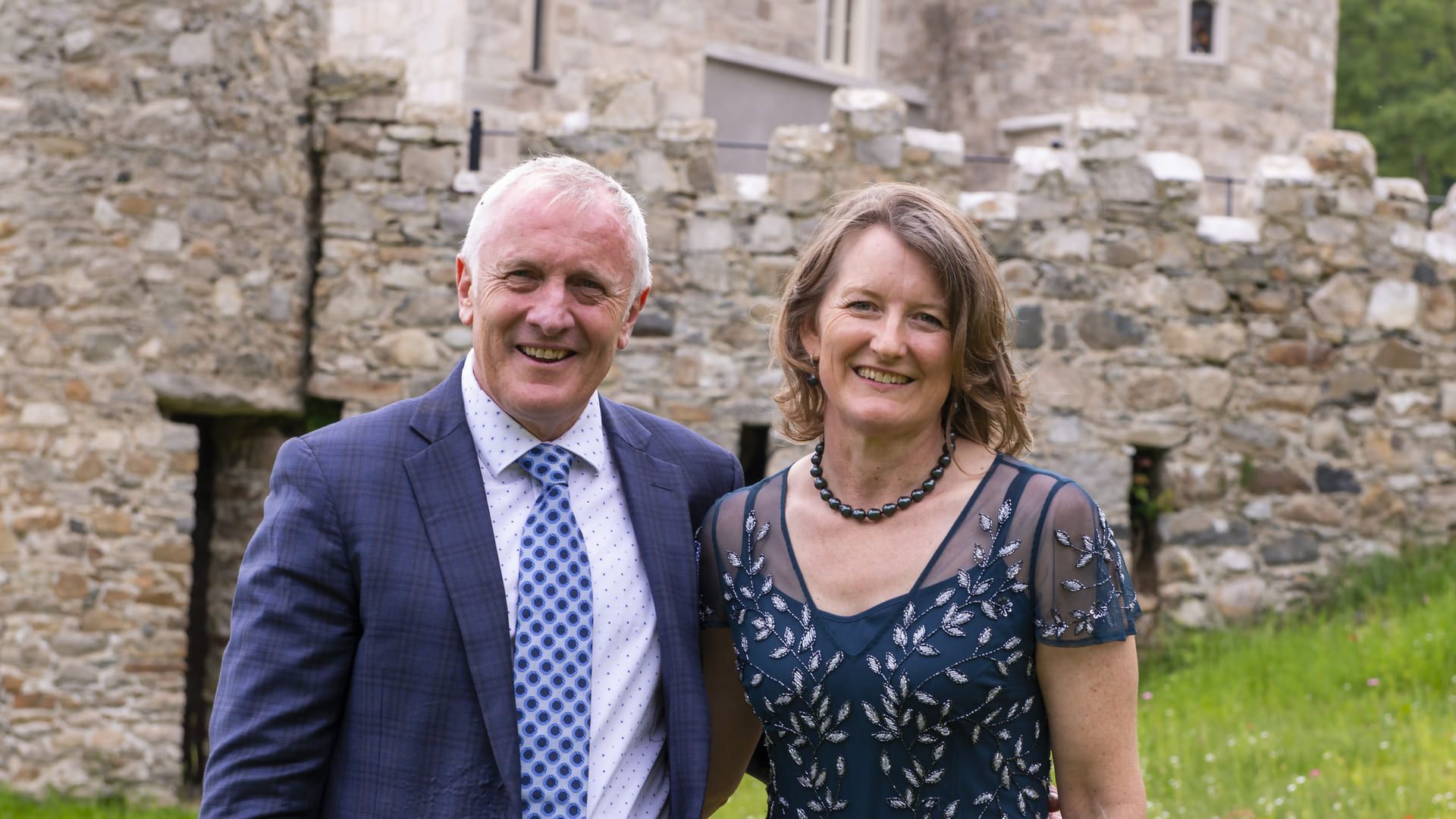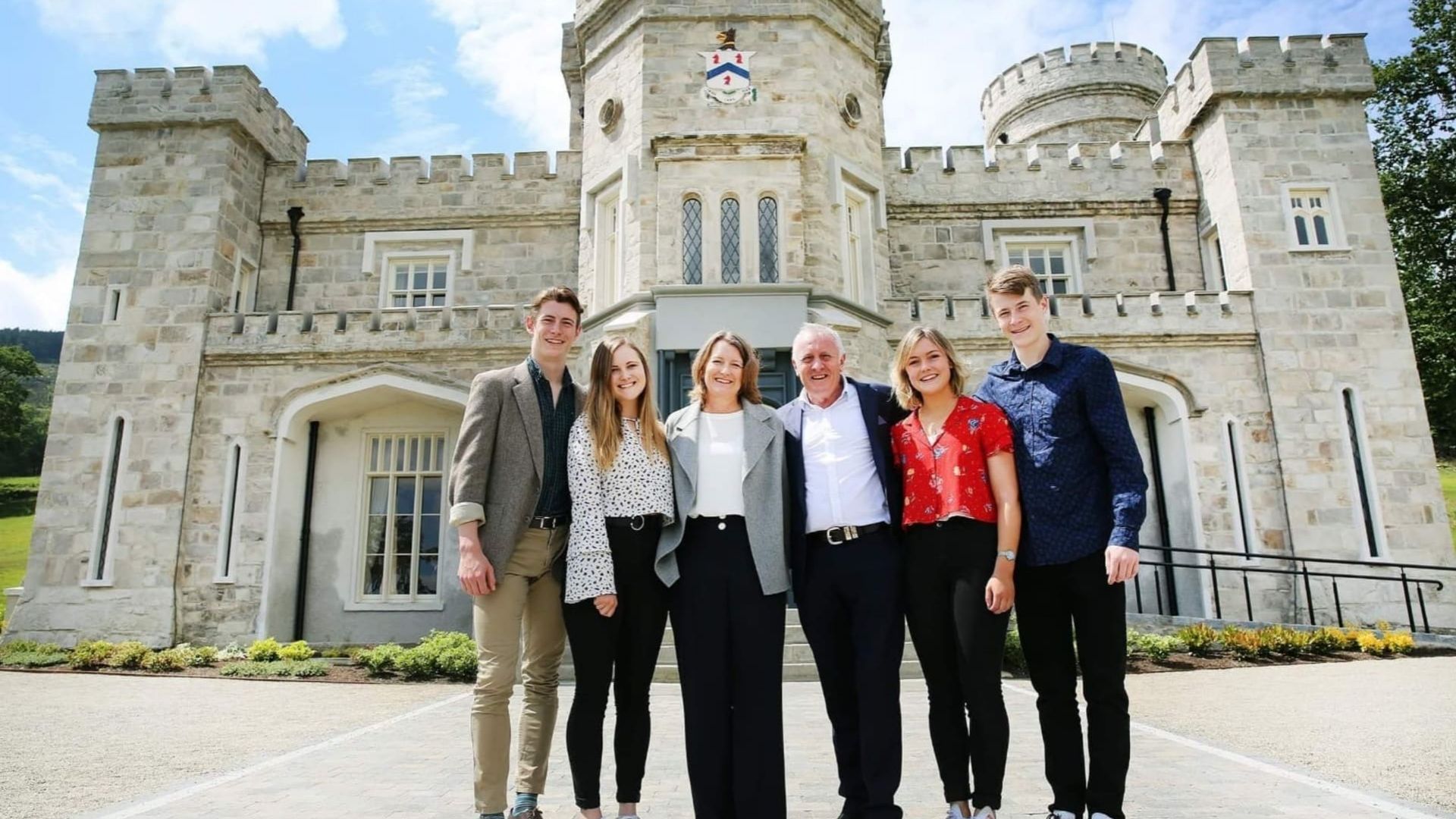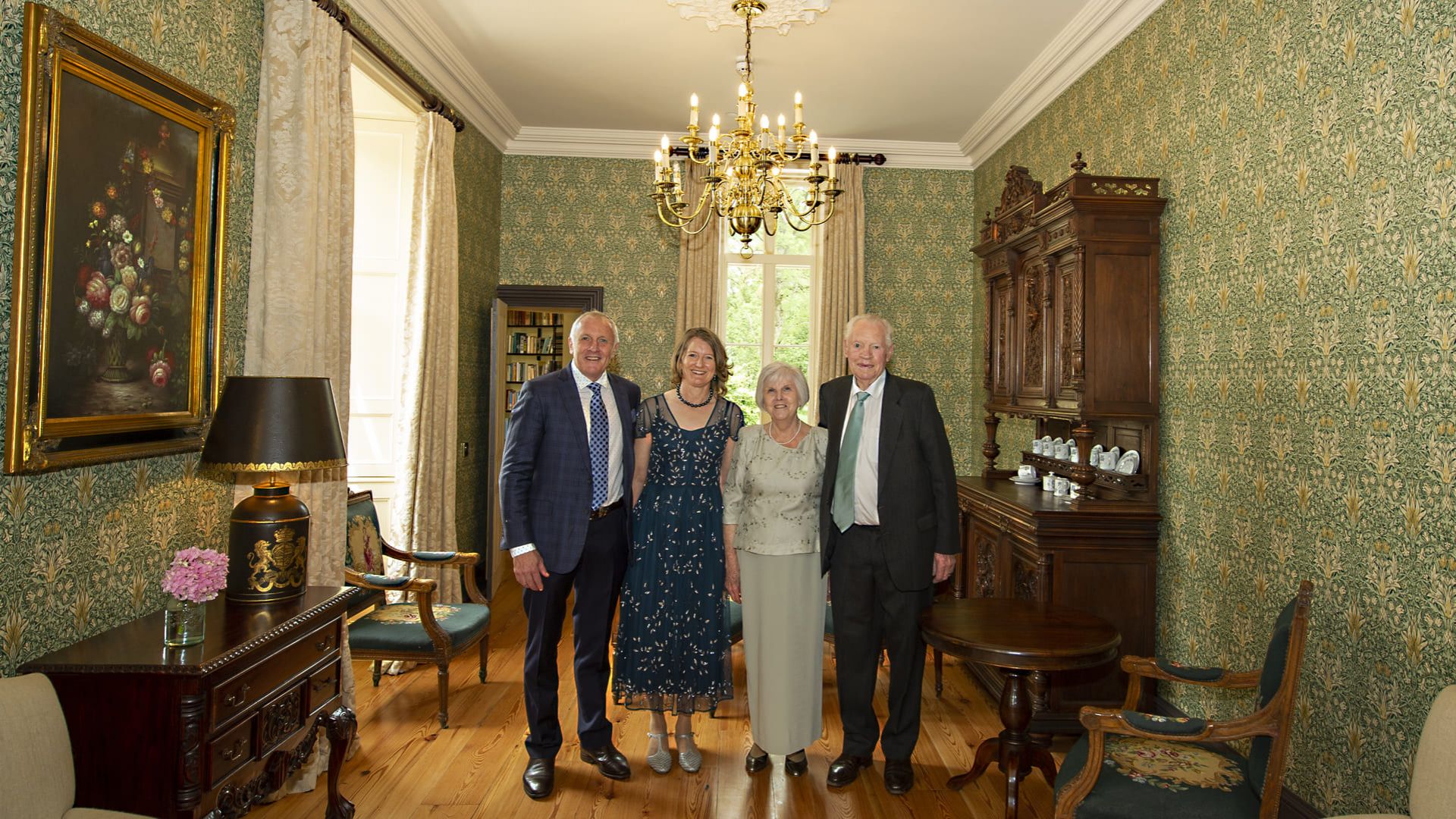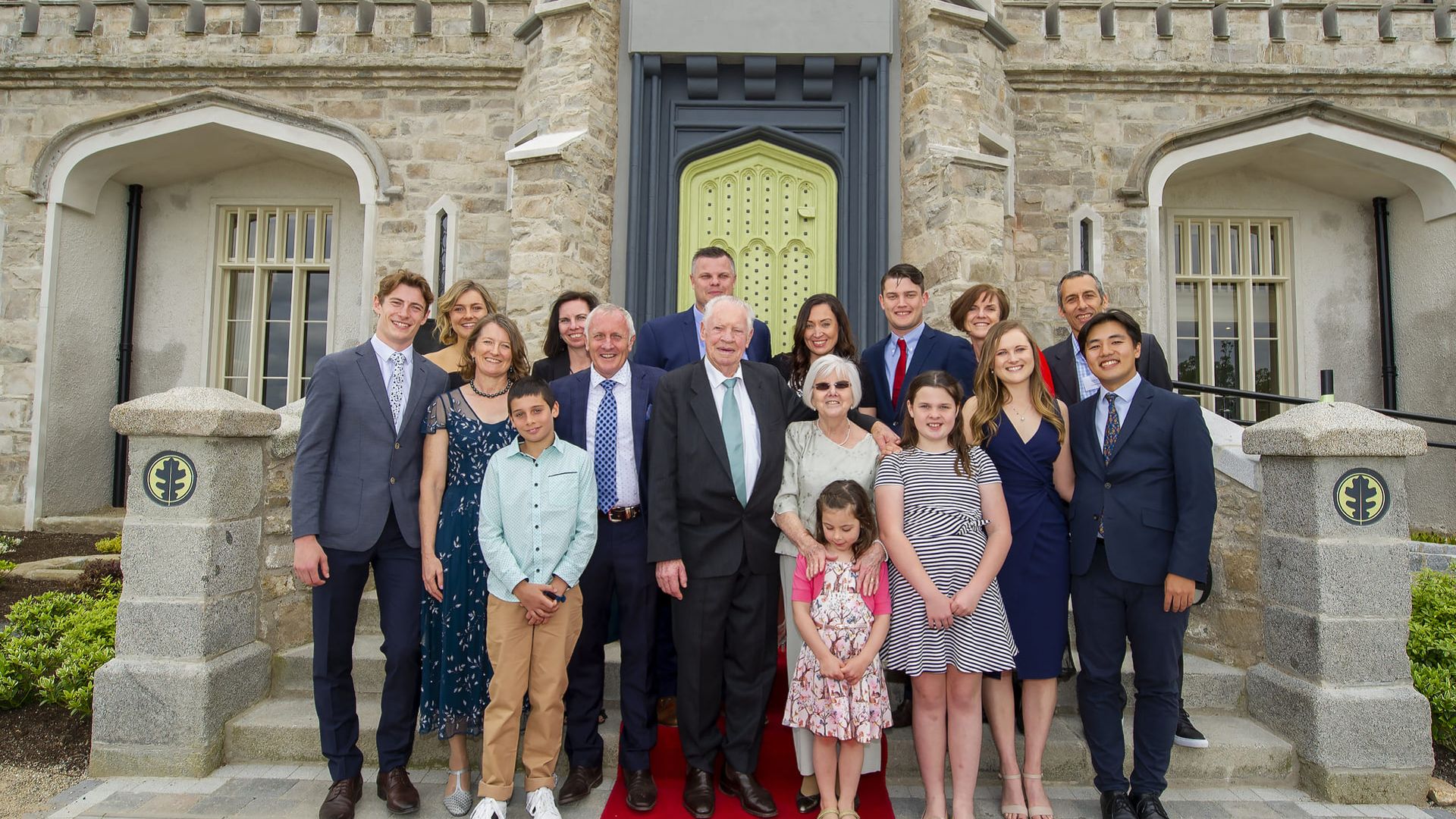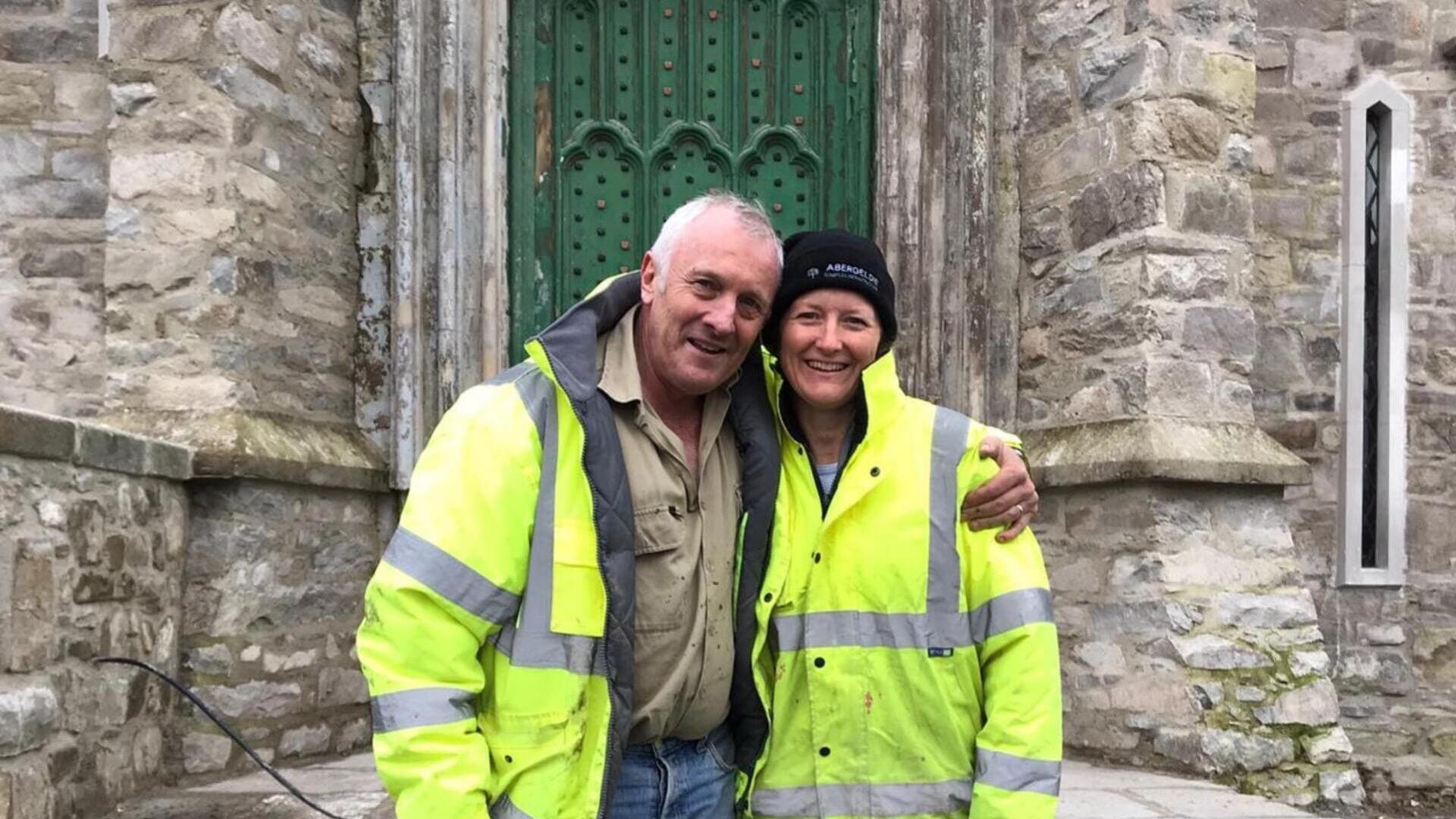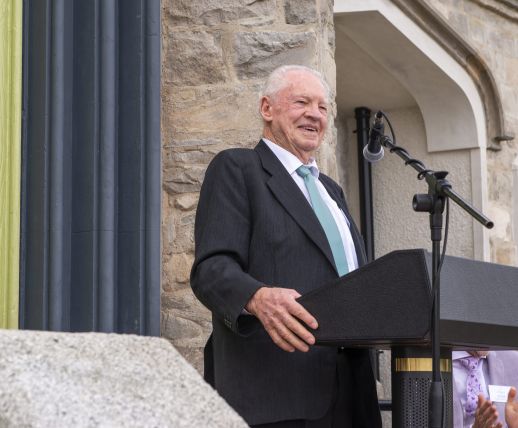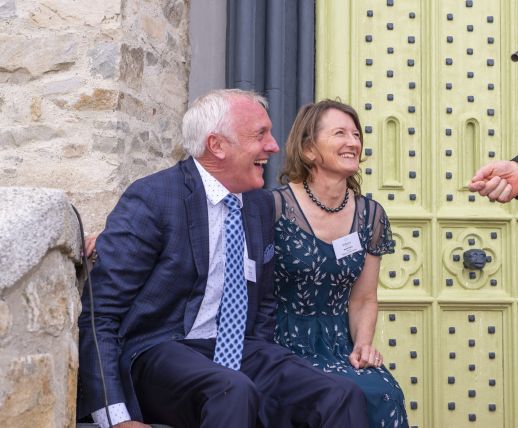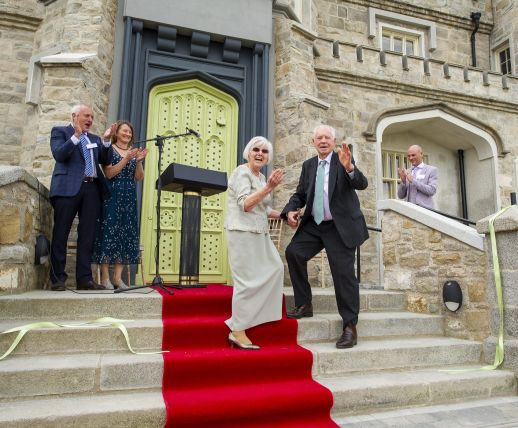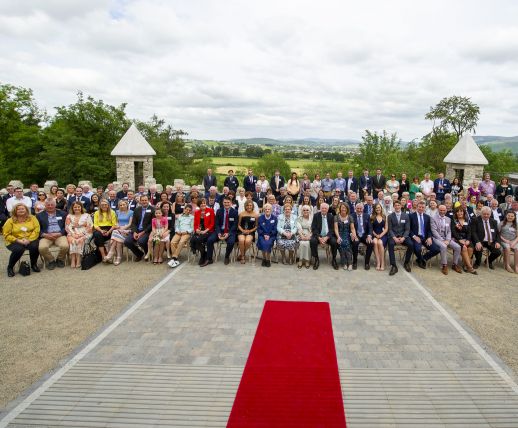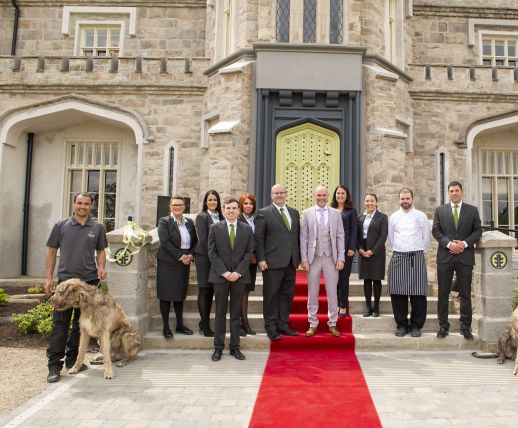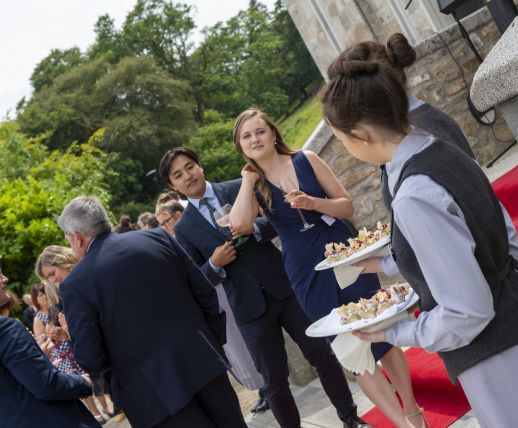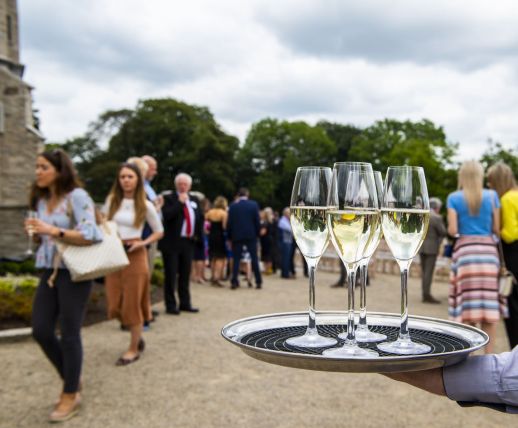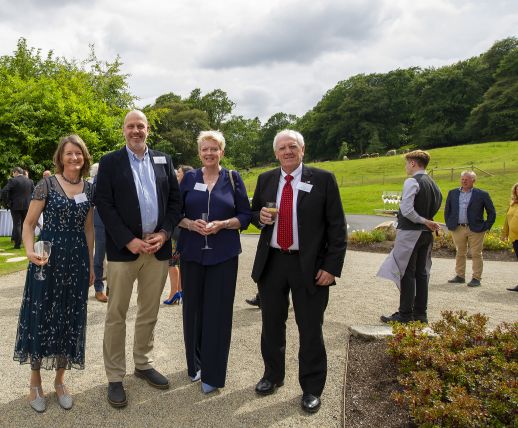Our Story
The link to South Armagh
Michael Boyle snr and his wife Pauline (nee Rice) were both born in Killeavy during the 1930s. Michael grew up on the Low Road, Ayallogue and attended Adavoyle Primary School in Meigh. At the age of 9, his mother Brigid Boyle (nee Callaghan) died in childbirth and the infant also died. That left his father Denis (Dinny) Boyle a widower with 6 children. Michael was the eldest followed by 3 brothers and 2 sisters. Two years later Dinny remarried his best friend’s sister Brigid Larkin and went on to have 4 more children – 3 girls and a boy. Michael left school early to help his father in his business as a stone mason and also to build a house for the family. Eventually, Michael left the Low Road and went to seek work in Liverpool, England. There he met Pauline who was training to be a midwife. Pauline had grown up on the Flagstaff Road, Fathom, the youngest of 7 children – 3 boys and 4 girls. They married in 1963 and had 3 children Michael (Mick), Maria and Denis. In the mid-1960 they decided to seek a better life abroad. They applied to go to Canada but rejected that idea as Michael would have to go on his own initially to get work and find a home. Not wanting to be separated they accepted the £10 passage being offered to UK citizens to emigrate to Australia.
They arrived in Sydney in July 1968 with their 3 young children and one on the way. Michael and Pauline went on to have 7 children in total. They raised their family in western Sydney but always kept strong links, mainly through letters, to their many relatives and friends at home in South Armagh. Due to the high cost of travel, the family were not able to return home for many years.
Their oldest son Mick Boyle - the owner of Killeavy Castle Estate – studied civil engineering at Sydney University. He first came over to South Armagh in 1985 and celebrated his 21st birthday with his newly met relatives at a party at his Uncle and Auntie’s home in Newtown, Cloughoge. He stayed with his Grandfather Dinny and his wife Brigid in the house his father helped build on the Low Road.
He returned in 1989 with his Australian then girlfriend (now wife) Robin Craig. They spent a couple of weeks exploring the local area, including Slieve Gullion and the Mourne Mountains, meeting many relatives. It was a very different time, with British soldiers walking the streets and many army checkpoints. Something very foreign to them both. Despite this, Robin talks very fondly about her welcome to the Killeavy community. When she first arrived everyone said, “How long are you home for?” She explained that she wasn’t from here; she was from Melbourne Australia etc… And they would nod their head and say “Right, so how long are you home for?” Eventually, after a couple of days, she just answered 2 weeks. Thereby establishing South Armagh as her second home.
It was during the visit to South Armagh in 1989, that Mick proposed to Robin and she accepted. Little did they know at that time, that on the same date 4 July, 30 years later, Killeavy Castle Estate would be officially opened.
Why Killeavy Castle Estate?
Mick and Robin were married in Melbourne in 1991 and went on to have 4 children. They visited South Armagh several times while the children were young and kept in close contact with all their relatives. In 2012, their second daughter aged 16 at the time came over to Newry and lived with one of their cousins and his family over Christmas for 7 weeks. Mick decided to come over to be with her for the journey home and it was at that time that he found out about Killeavy Castle being up for sale. His Aunties, in particular, who had a great fondness for the history of the area they grew up in, were concerned that the lands of the estate would be divided up and the historic building would be left to go into further disrepair.
The property had been in the Bell Family since the 1800s and the last remaining family member to live on-site, Miss Maureen Bell had moved into a mobile home at the front of the castle as she was unable to pay for the upkeep of the castle itself. When she passed away in 2001, vandals ransacked the building taking the lead from the roof and destroying many historic features. The property was left to Maureen’s great-nephew, Norman Savage who was only 18 at the time. While Norman made minor repairs to the property through the years, he eventually decided he was not able to maintain it properly, which is when it was put up for sale in March 2013.
Always wanting to have a link to his Irish roots, on his return to Australia, Mick did further research into the property and eventually bought it at auction via the proxy of his solicitor Michael Grant of Newry.
What next?
Robin and Mick were then left with the daunting task of deciding what to do with the buildings and the land. It was a bright sunny afternoon when Robin and Mick first arrived at the site from Australia after settling the purchase. They were surprised to find large numbers of people walking up the driveway with their dogs and families. It was then they realised how much the land had become part of the community; the locals saw it as their own.
Preserving and enhancing the pristine mountainside environment was paramount to the couple who are both keen environmentalists. Developing the site in a sustainable manner was considered a priority.
They met with heritage officials who were very concerned that the castle and farm buildings, both of which were on the European register for historic buildings, were deteriorating rapidly due to being left unmaintained. As Mick and Robin were unable to live at the site due to their family and business being located in Australia. They wanted to find a way to restore the castle and buildings but also generate enough income to keep it maintained in perpetuity.
The obvious idea was to establish a tourist location. The Good Friday Agreement signed in 1998, meant that the area around South Armagh was now peaceful and open to tourism. The success of the neighbouring Slieve Gullion Forest Park was a clear indication that people were keen to explore the region.
Four key goals immerged in the planning – keep the grounds accessible to the local community, adopt sound environmentally sustainable principles, restore the castle to its former glory and provide an income stream to allow maintenance to continue, celebrate and showcase the beauty of South Armagh and the Ring of Gullion.
After speaking with numerous tourism advisors, Mick and Robin settled on the plan to develop the site into a 45-room boutique hotel, restaurant and spa, with additional accommodation in the Gatelodge and Castle plus a permanent pavilion adjacent to the castle for events. They would rejuvenate the farmlands and run their own sheep and cattle and restore the walled garden by planting vegetables and fruit trees. This allows estate-raised and grown produce to be used in the hotel eateries.
A public walkway was established beside the southern watercourse to allow local walkers to continue to access the site. Additionally, the walled garden includes a studio for hosting events and functions. The general public is also welcome in the Hotel Bar and Restaurant.
The hotel build incorporates smart seasonal design concepts to reduce the reliance on artificial lighting, heating and air conditioning. This includes window positioning to maximise sun exposure and quality insulation throughout. Energy-efficient lighting and sensor systems further reduce electricity usage. Plans are in place to install solar panels for renewable energy production in the near future. The majority and key contractors and suppliers for the construction were from the local community and region.
In recent times discussions have taken place with tenants and neighbours, the Forestry Service of Northern Ireland and Newry and Mourne District Council to try to increase the level of broadleaf woodland planted on Slieve Gullion. Mick and Robin have been working with the Woodland Trust and highly respected sustainable farming consultant Dr Michael Meharg to plan the most sustainable management of the full 365-acre estate.
The castle itself has been fully restored using historic records of the estate. It provides a majestic entrance for functions in the event pavilion nestled into the mountainside.
Shortly after opening in April 2019, the Killeavy Castle Estate was granted a 4-star rating by Tourism Northern Ireland, and a few months later won the National Newcomer of the Year at the Georgina Campbell Irish Food and Hospitality Awards. These acknowledgements firmly establish South Armagh as a must-visit tourist destination.
To date, the four key goals have been achieved but there is more work to be done.
Further sustainable initiatives
Sustainable principles continue to be a priority in the day-to-day running of the hotel. A particular focus is the use of local produce and suppliers to reduce cost and transportation emissions. Menus and catering plans are meticulously prepared to prioritise seasonal produce from the Estate farm and walled garden, plus forgeable ingredients from the surrounding woodlands. Quantities are strictly determined to reduce food wastage. Food waste is collected for compost and farm usage.
Efforts have been made to keep plastic waste to a minimum. This includes no takeaway coffee cups, no plastic straws, no one-off bathroom items, no plastic water bottles in rooms or restaurants, and pens made from compressed recycled cardboard. No products on site contain plastic microbeads. Waste systems are in place to sort paper, glass and PET plastic into designated recycling bins. Cleaning products used on-site are environmentally friendly and housekeeping procedures encourage guests to reuse towels and bedding. Office systems have been designed to minimise paper usage.
Additionally, Killeavy Castle Estate has a sustainability plan in place based on the UN Sustainable Development Goals. This internationally recognised framework focuses on 17 key goals and guides the setting of targets and measures for each. This is a living document which is added to and evaluated on a regular basis.


